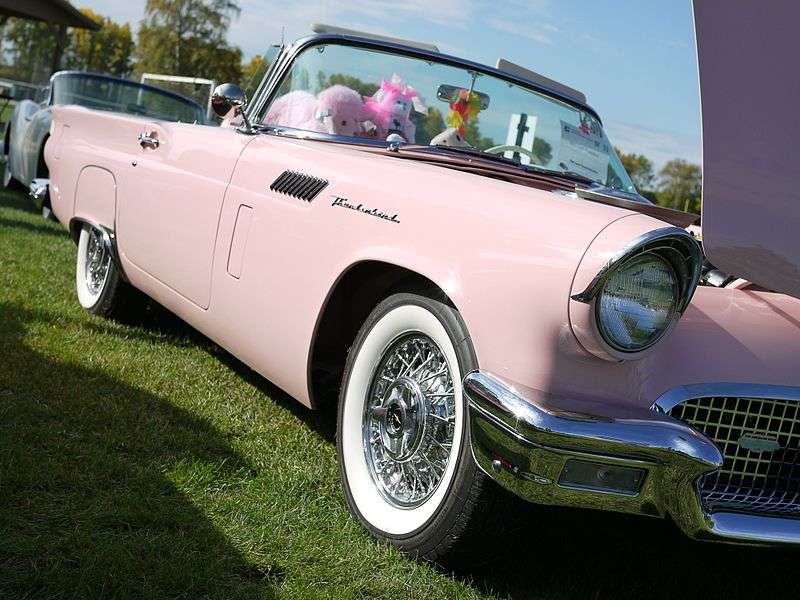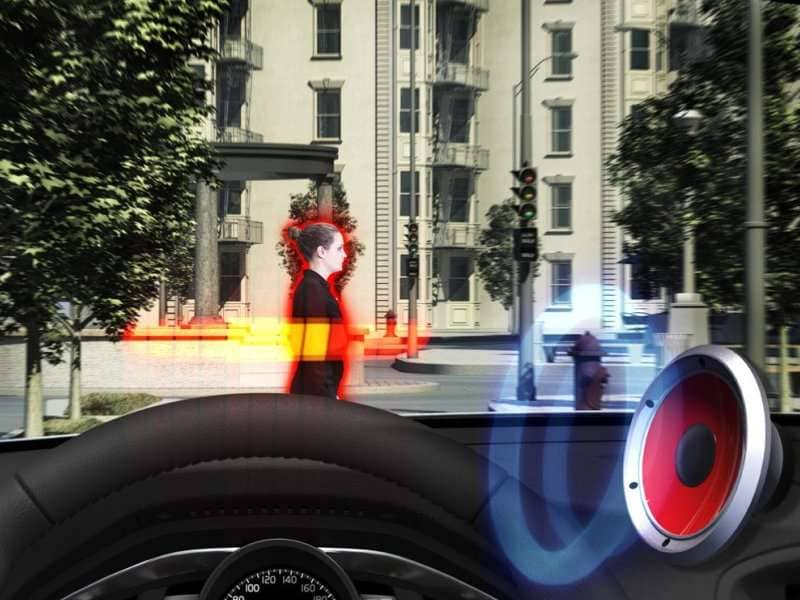Recent Articles
Popular Makes
Body Types
What Women Want—In A Car

pink car show
I recently had the privilege of accepting an invitation to Ford Motor Company’s headquarters to sit in on their Trend Conference 2014. Hosted by Sheryl Connelly, Ford’s global trends and futuring expert, the seminar holding my attention most rapt was called the “Female Frontier”.
Listening to the panel discussion, lead me to wonder specifically what women want in a car. After all, their influence is huge, and getting bigger all the time.
Comprising some 50 percent of the world’s population, it is said women directly influence some 80 percent of new car purchasing decisions—in one way or another. Further, among Millennials, females are buying more cars than males altogether. Whether choosing for themselves, or having input to the car buying decision of most males, it’s clear women have a lot of clout when it comes to acquiring a new car.
With that awareness, Ford has tried to figure out what women want in a car.
What Women Want—In A Car: Same Features - Different Reasons
According to the company’s market research information, women prefer small to midsize cars, and pay less for their automobiles—as they have a tendency to be more practical than men when ticking off items on the options list. As far as the attributes of a car, women are said to favor active safety features over passive ones, as women want to be kept safe in the event of an accident. Meanwhile, men say strong performance and good handling give them the ability to avoid accidents altogether.
Women like their cars to have power too, but they want it for entering expressways and passing, rather than just having it for just for bragging rights. Long story short, when it comes to choosing a car, women are more likely to make rational decisions, while men are more likely to make rationalized decisions.
Most importantly, women want their cars to last; they want reliability, and they care more about warranty coverage for when something does go wrong. Reliability is in many ways looked upon as a safety feature. After all, there is a great deal of vulnerability associated with a breakdown on a busy freeway, or worse, a dark country lane.

What Women Want—In A Car: A Different Shopping Process Too
Men are more likely to go charging into a dealership for a look-see, while women tend to research more before going physically shopping. This is due in no small part to the fact many women still feel disrespected when they go car shopping. Efforts to avoid this pressure-cooker environment leads many women to turn to the Internet, both for their research, and in many cases for completing the purchase process as well.
Male sales associates have a tendency to talk down to women, they also try to rush them through the process, not recognizing women tend to be more thoughtful about cars, while men get more caught up in the thrill. Granted, some of this is due to the fact men communicate differently than women. Women value eye contact more—looking upon it as sign of respect and honesty.
Meanwhile, men are more process oriented and have a tendency to look about as they communicate. For this reason, women tend to connect better with a salesperson who is patient, listens well, gives eye contact, and exudes the impression they can be trusted to consider the customer’s needs first.

What Women Want—In A Car: The Bottom Line
Connelly says in its research, Ford has learned women want do want much the same things as men from their cars, however men respond to things, while women respond to people. For this reason, they market to women a bit differently than men—focusing more on the human aspects of automobile ownership.
One thing is certain, women’s influence over automobiles is more significant today than at any other time in history. Given the fact women are working more, making more money, and are better educated at any time in recorded history, automakers would do well to pay more attention to what women want in their cars.
